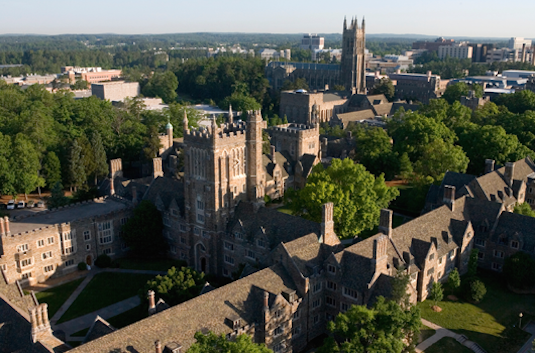Have I seen that before? Single-exposure visual familiarity memories are reflected in IT cortex

Our ability to remember whether we have encountered a particular object or scene before is remarkable - we can make these determinations after viewing tens of thousands of images, each only once and only for a few seconds. The neural processes that support single-exposure visual familiarity memory may be implemented in the same brain areas that support high-level visual processing (e.g. inferotemporal cortex, IT) but the neural mechanisms underlying this type of memory are very poorly understood. This is due in large part to the fact that traditional approaches rely on averaging noisy neural responses across many repeated trials whereas an image can only be "novel" once. We thus leverage the power of single-trial, population-based approaches to investigate visual familiarity memory acquisition. In our experiments, monkeys perform a single-exposure visual familiarity task as we record neural population responses in IT. Our results support the existence of a behaviorally-relevant, single-exposure visual familiarity signal in IT and they establish the rhesus monkey as a model for studying this remarkable form of human memory.
Nicole Rust is an assistant professor of psychology at the University of Pennsylvania. Her lab is focused on determining the means by which the brain processes visual information to achieve a particular goal, such as finding a sought object or remembering whether an object has been encountered before.






